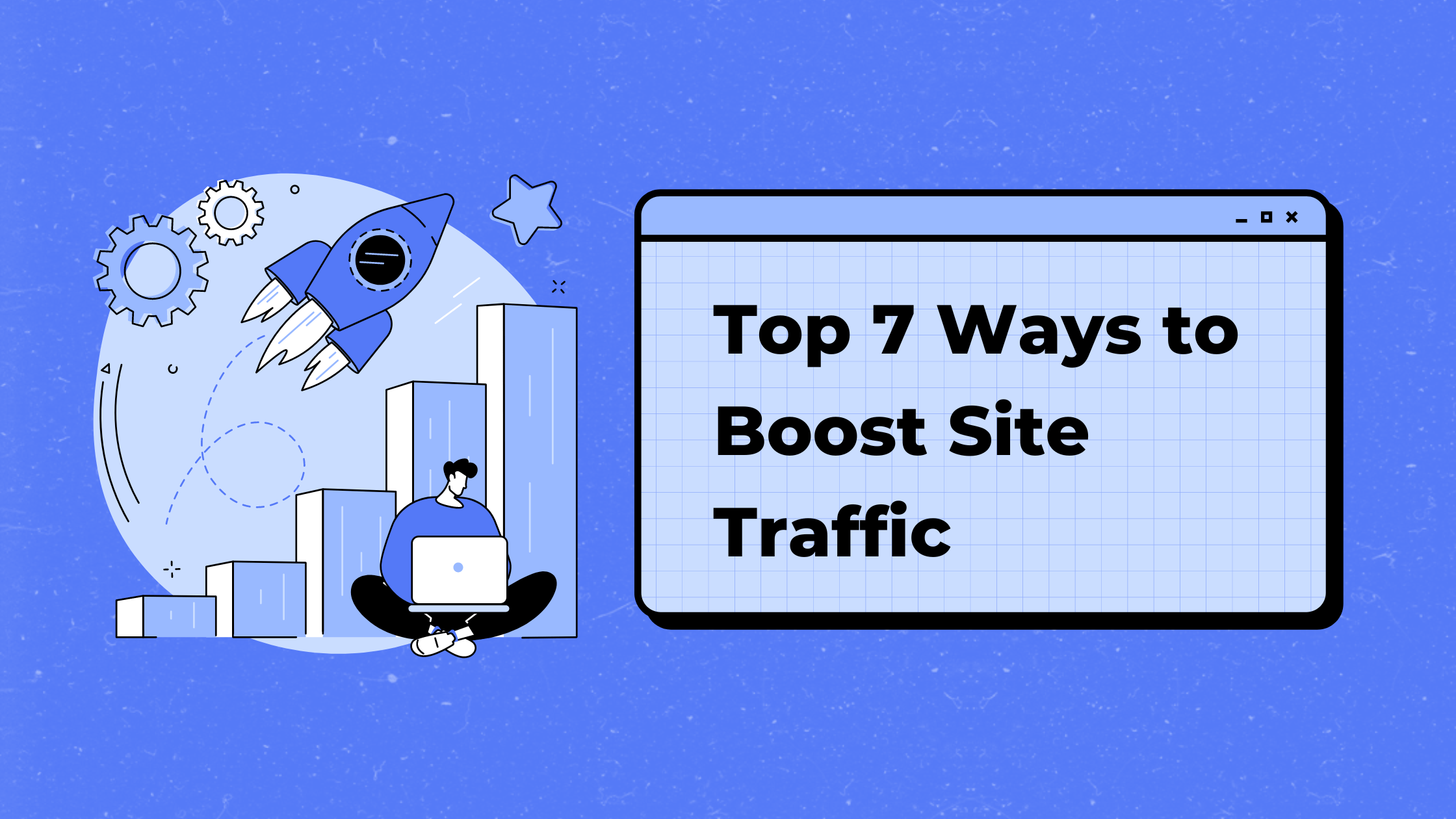Introduction
So, you’re ready to dive into the world of website development? Fantastic! Whether you’re a total newbie or a seasoned pro looking to brush up on your skills, you’ve come to the right place. In this ultimate guide to website development, we’ll take you through the entire process, step-by-step, from start to finish. So, buckle up and get ready to embark on this exciting journey!
Planning Your Website
Alright, let’s kick things off with the planning phase. This is where you lay the foundation for your website and set yourself up for success down the road. Here’s what you need to do:
- Define Your Goals: Before you dive headfirst into development, take some time to clearly define your goals for the website. What do you want to achieve? Who is your target audience? Understanding these key points will help guide the rest of the development process.
- Conduct Market Research: Next, it’s time to roll up your sleeves and dig into some market research. Take a look at your competitors’ websites. What are they doing well? Where are their shortcomings? Use this information to inform your own website strategy and identify areas where you can stand out.
- Create a Sitemap: Once you have a clear understanding of your goals and target audience, it’s time to create a sitemap. Think of this as a roadmap for your website, outlining the main pages and how they’ll be structured. This will help ensure a smooth user experience and make it easier for search engines to crawl your site.
Design and Development
With the planning phase out of the way, it’s time to roll up your sleeves and get down to the nitty-gritty of design and development. This is where the magic happens! Here’s what you need to do:
- Choose a Development Platform: The first step in the design and development process is choosing a development platform. There are plenty of options out there, from WordPress to Shopify to custom-built solutions. Consider your technical expertise, budget, and specific needs when making your decision.
- Design Your Website: Once you’ve chosen a development platform, it’s time to get creative and design your website. This is where you’ll bring your vision to life, so don’t be afraid to think outside the box and experiment with different layouts, colors, and fonts.
- Develop Your Website: With the design finalized, it’s time to roll up your sleeves and start coding. Whether you’re building your website from scratch or customizing a pre-existing theme, this is where your technical skills will come into play. Take your time, test regularly, and don’t be afraid to ask for help if you get stuck.
Testing and Launching
Alright, we’re in the home stretch now! With the design and development phase complete, it’s time to focus on testing and launching your website. Here’s what you need to do:
- Test Your Website: Before you launch your website into the wild, it’s crucial to thoroughly test it for any bugs or issues. This includes testing for compatibility across different browsers and devices, as well as ensuring all links and forms are functioning properly.
- Optimize for SEO: While testing your website, don’t forget to optimize it for search engines. This includes incorporating relevant keywords, optimizing meta tags, and ensuring your site loads quickly and is mobile-friendly. This will help improve your website’s visibility and attract more organic traffic.
- Launch Your Website: Finally, it’s time to take a deep breath and hit that launch button! Congratulations, you’ve officially launched your website into the world. But remember, launching your website is just the beginning. Be prepared to monitor performance, gather feedback, and make updates as needed to ensure your website continues to grow and evolve.
Conclusion
And there you have it, folks! The Ultimate Guide to Website Development: A Step-by-Step Approach. From planning to deployment, we’ve covered everything you need to know to create a successful website. So, what are you waiting for? Dive in and start building your dream website today.
Also Check : How to Design a High-Converting Website for Electricians: Benefits, Tips, and Best Practices



